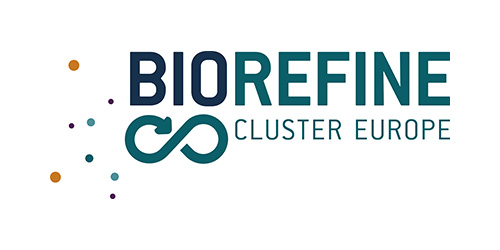8. The substitution of the mineral fertilizers with the biological fertilizers to optimize the organic carbon storage in soil and the NP cycling : two application cases in France
RL4: Biobased fertilisers (N, P) and soil enhancers (OC) from agro-residues
Responsible partners: CA17 – Chamber of agriculture of Charente-Maritime
Country: La Rochelle CEDEX, FRANCE
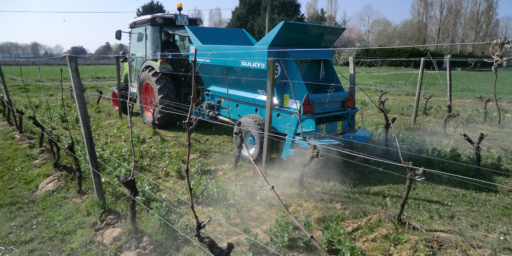
TRL and Scale of set up:
This demo is considered to be at TRL 7 and has been set up at farms through two exploitation cases, i.e. a crop and agroforestry farm and a biological vineyard farm. For the plot with crop and agroforestry, the goose slurry is applied and the goose manure is applied in two areas with agroforestry. For the plot with organic vineyard, the use of the farm’s own oil cake and other bio-based products depending on regulation are considered.
Research line and priority:
This demo solution is linked to Nutri2Cycle research line 4 (RL-4: Biobased fertilisers (N, P) and soil enhancers (OC) from agro-residues) and is one of the shortlist priority solutions i.e. sub-research line 3 (Substituting external mineral nutrient input from synthetic fertilisers by recycled organic-based fertilizers in orchards & agroforestry).
Description of the demo:
In France, there is already a historical use of different types of organic waste. Moreover, with the increasing need for organic wastes collecting and carbon storage to limit climate change, the French government decided to strengthen the policy measures in France in 2018 concerning circular economy and recycling improvement. One proposal was to enhance all bio-waste by returning to the soil as fertilising material, which is a strategy quite aligned with the new EU Fertilisers regulation. However, at the farm scale, even if these recycling activities are considered in terms of good practices for environmental management of waste, and although the NP elements recovery is considered in the fertilization balance, they represent only a little part within the fertilising device of the crop, and they are not considered as efficient as synthetic fertilisers. Consequently, the challenge for the farmers is to go beyond simple management of organic waste to ensure optimal organic fertilization. In the framework of the Nutri2Cycle project, the Chamber of Agriculture proposes a demonstration to assess the potential of using bio-based fertilizers in farms through two exploitation cases. In a farm combining livestock, arable crops and agroforestry and in a biological vineyard farm, this trial aims to recycle farm generated effluents to highlight and understand their fertilizing effect and their carbon storage effect. The monitoring process is set up in one plot for each participating farm with several treatment areas to compare fertilizing modalities in real conditions. The results could help to determine with farmers the steps of their fertilization system to consider reaching a level of optimal fertilising effect with their residues. The demonstration engaged with two agricultural holdings aims to answer a common farmers’ lack of information about organic residues efficiency they produced either as fertiliser or as a soil improver. So, this trial has the purpose of providing farmers with some elements to understand good synchronization between NP inputs from organic material, soil participation and needs of crop in nutrients, and to assess the balance between C storage and organic fertility of the soil. Thus, through the demonstration trial on both cases, this investigation moves from only recycling of the organic residues produced within the farms to a real agronomic use, with a CNP controlled flow from livestock to arable crop with agroforestry, or from arable crop to vine plant.
How it addresses the Nutri2Cycle goals:
This operation is a demonstration at field, with a quite simple trial device to be closer to the real conditions of cropping. In both cases, the demonstration is based on the recovery of NP nutrients and C elements from the farm’s organic residues to be used again in other production workshops of the same farm. The case of the farm with livestock and arable crop with agroforestry – the Manicot agricultural holding – provides an example of an organization with a high level of circular economy and a very short loop in nutrient recycling.
Infographic
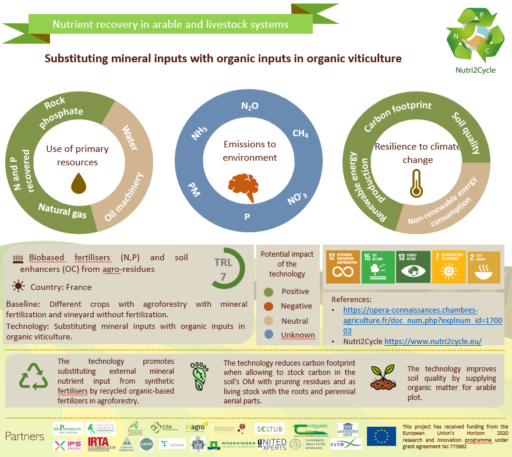
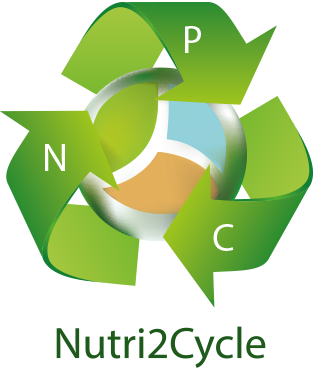
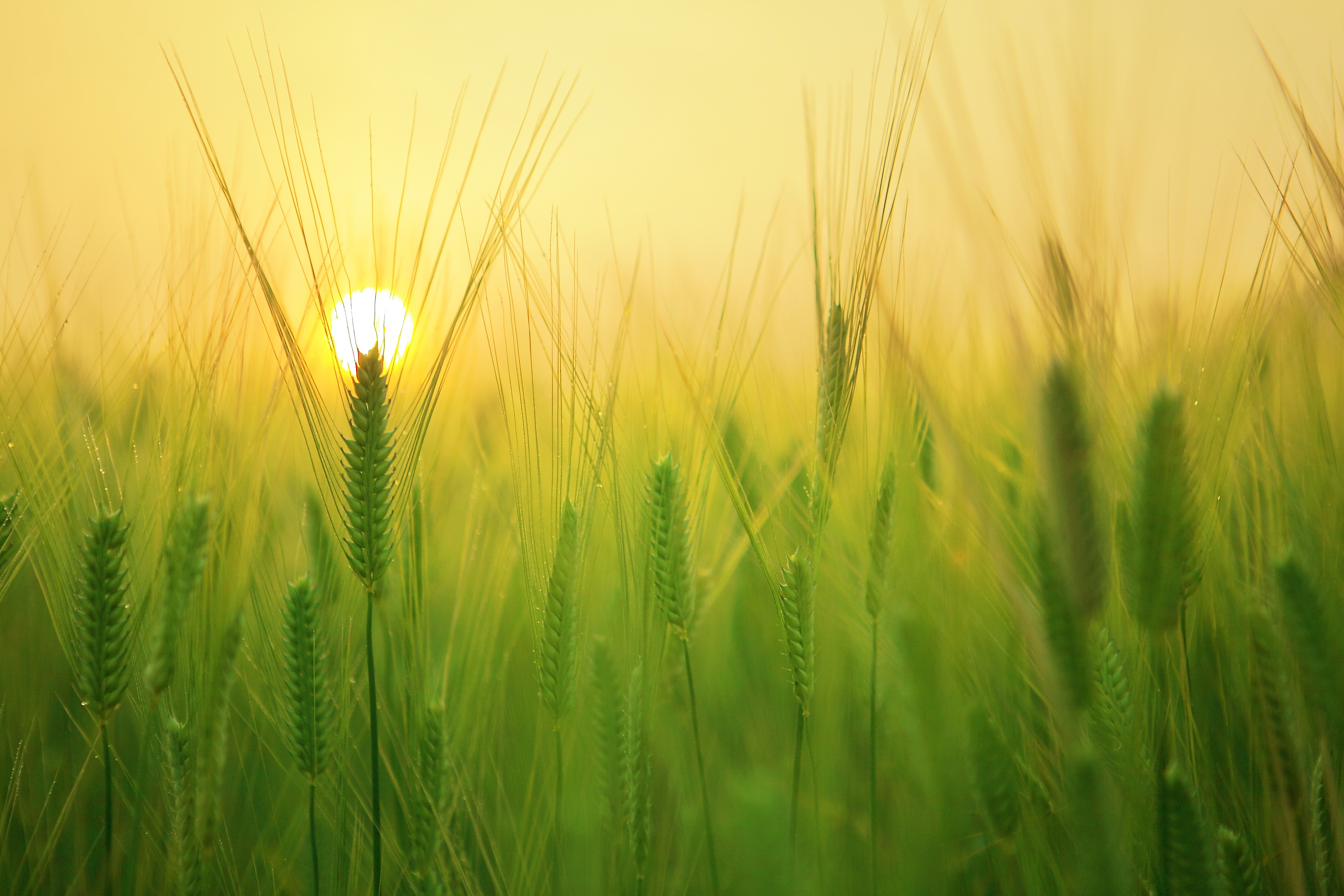
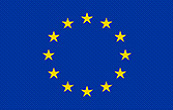 This project has received funding from the European Union’s Horizon 2020
This project has received funding from the European Union’s Horizon 2020